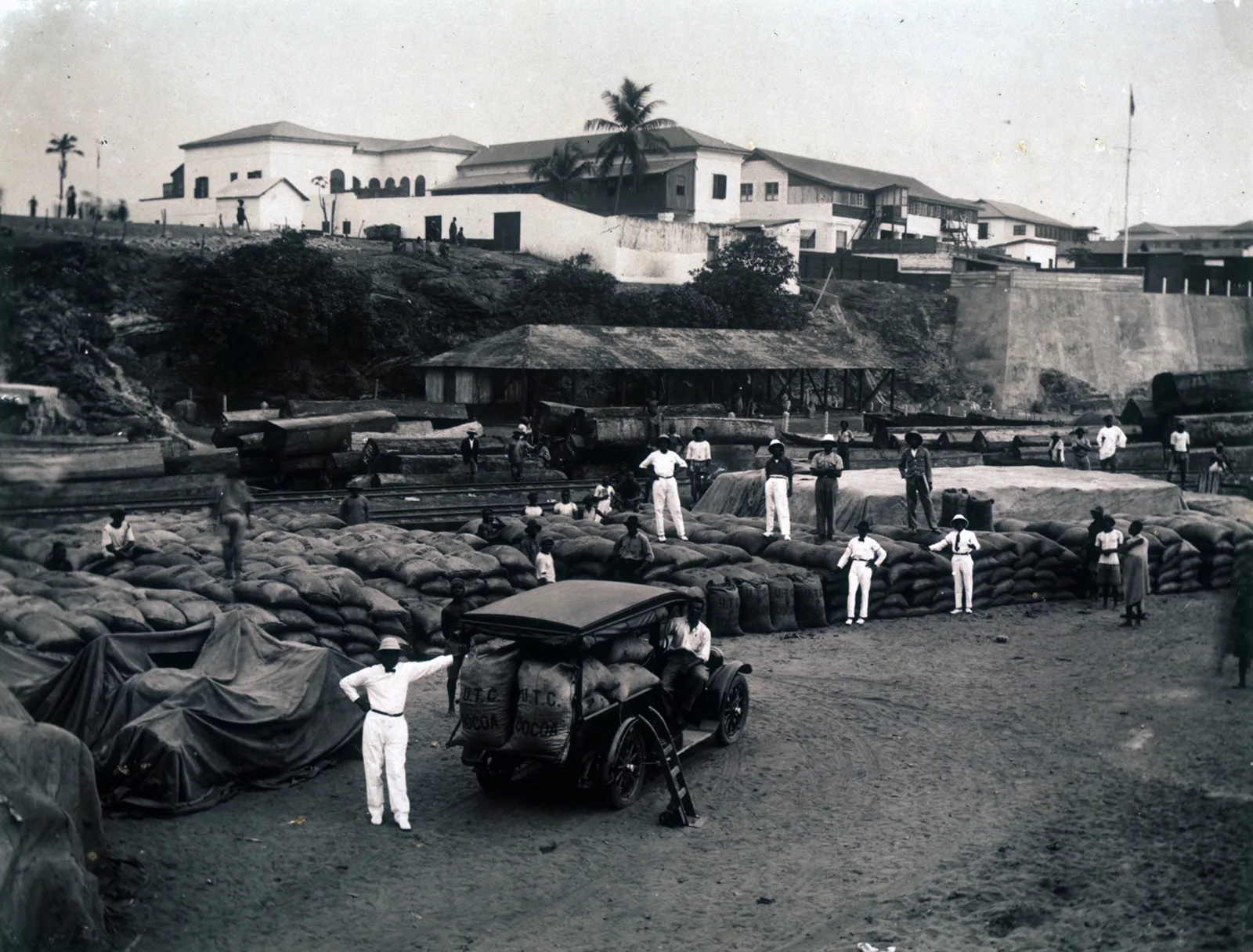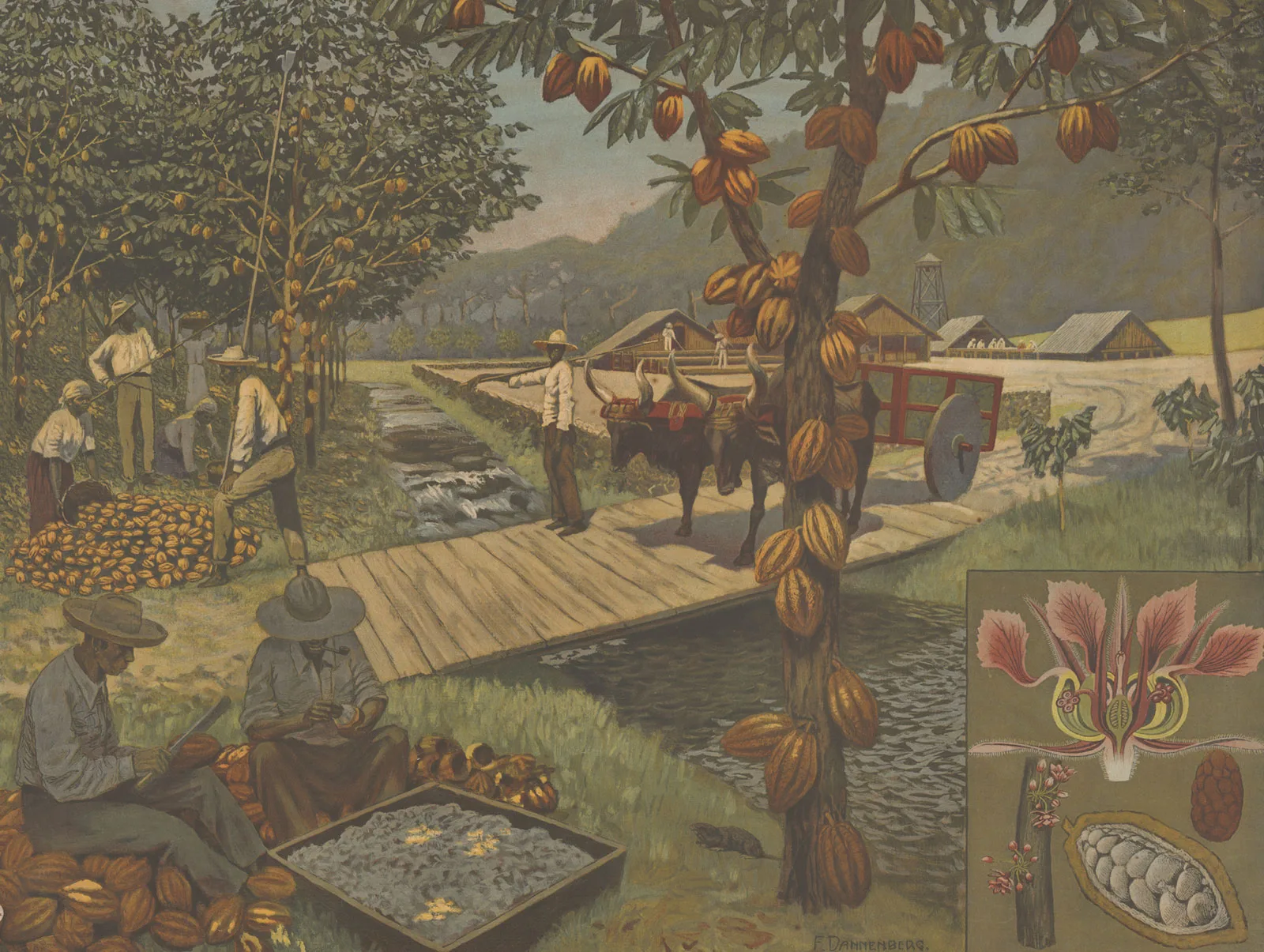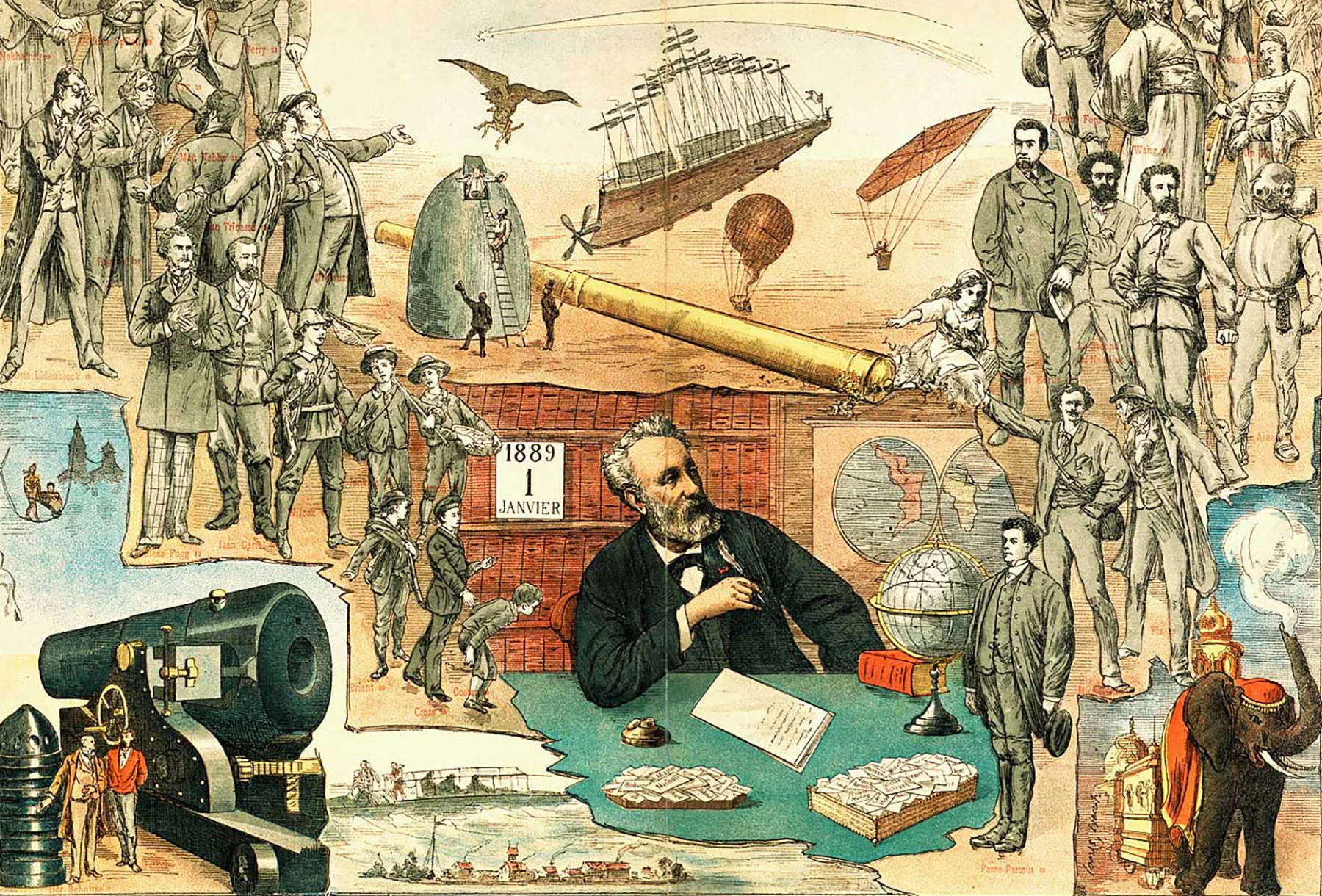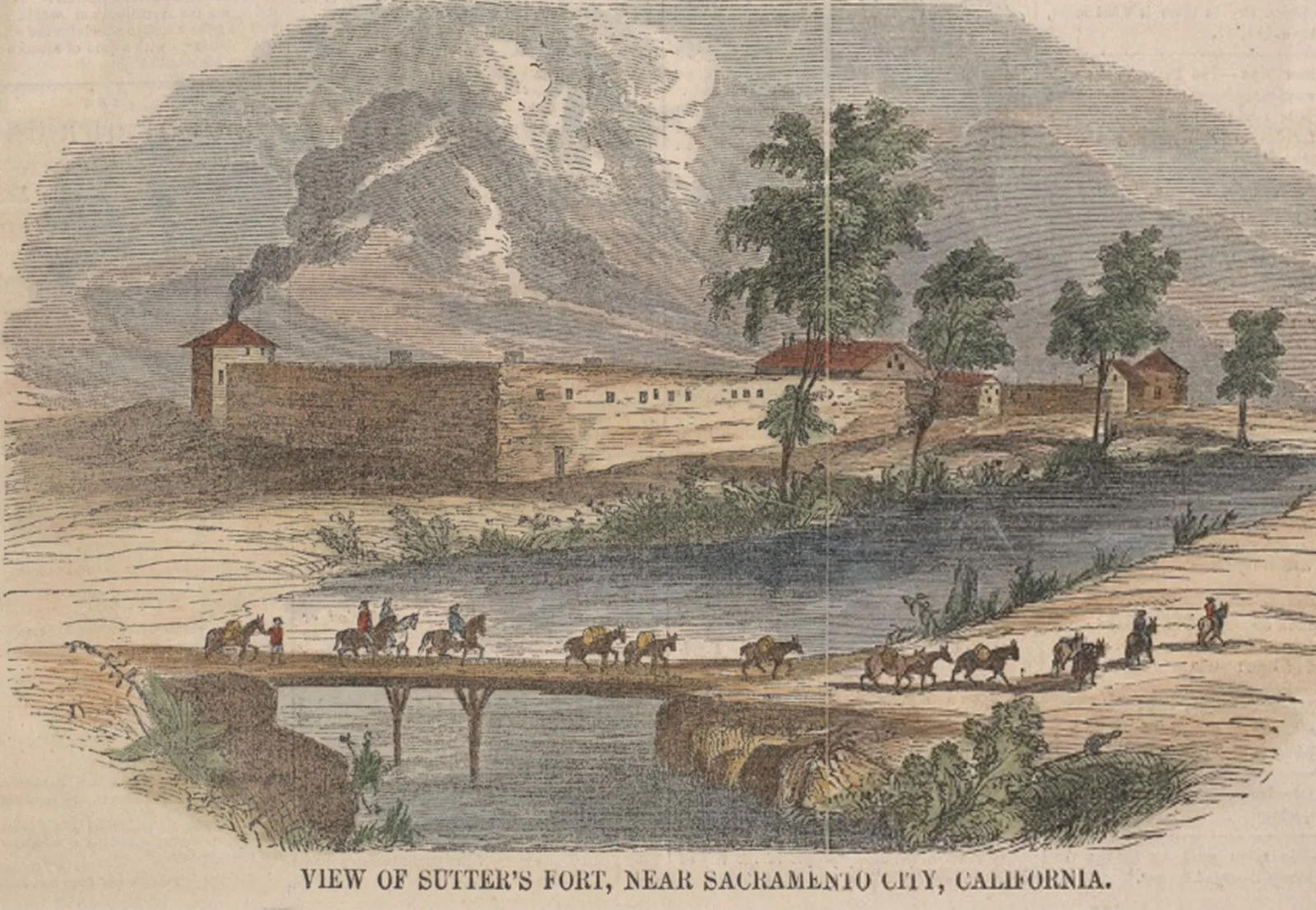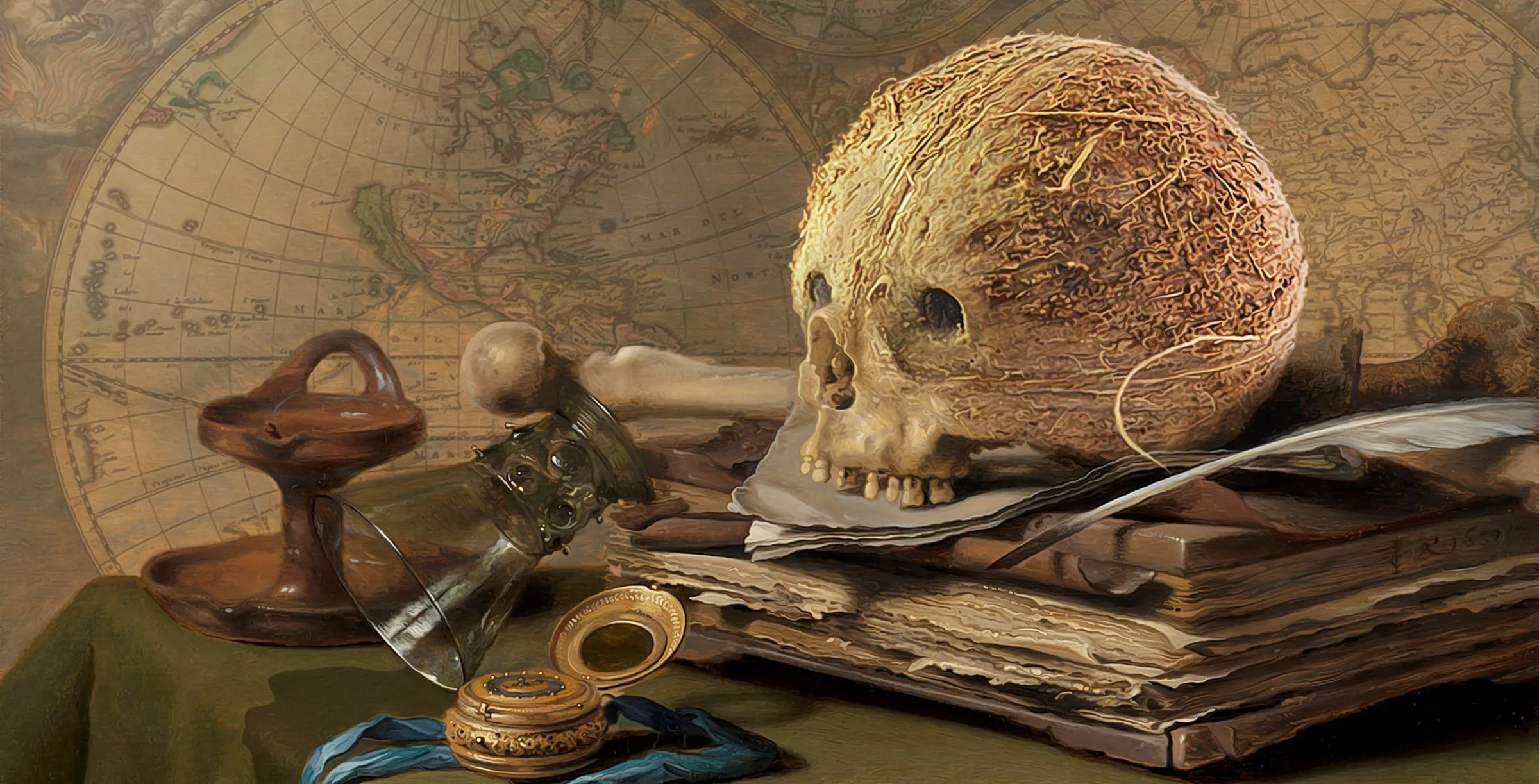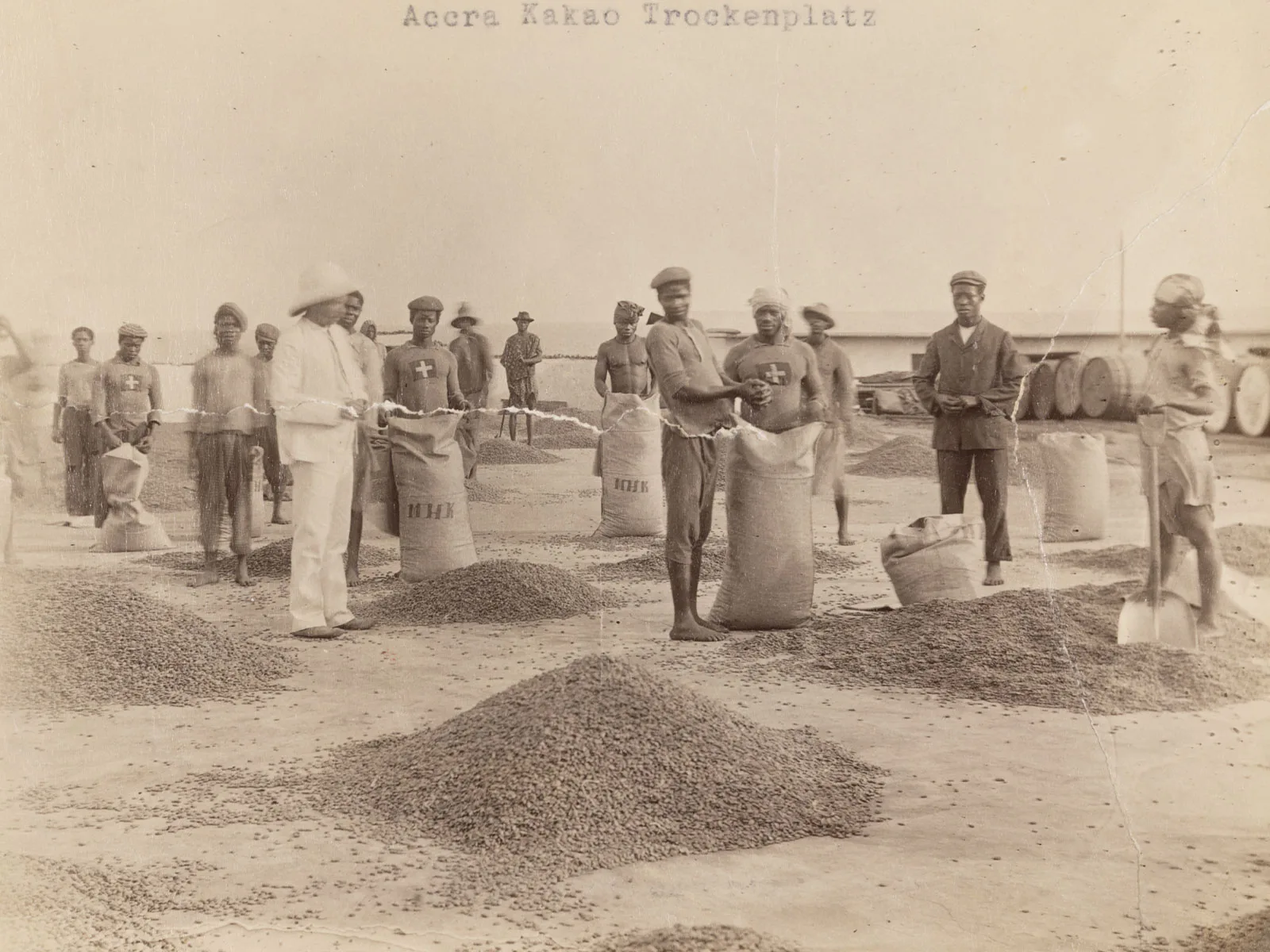
Cocoa in Ghana: how it all began
Ghana is the world’s largest producer of cocoa. Pre-independence, the Basel Mission was one of the players making money from the cocoa trade in the Gold Coast region. It ran an agricultural research station there from the middle of the 19th century and attempted to cultivate the cocoa plant ‒ with varying degrees of success.
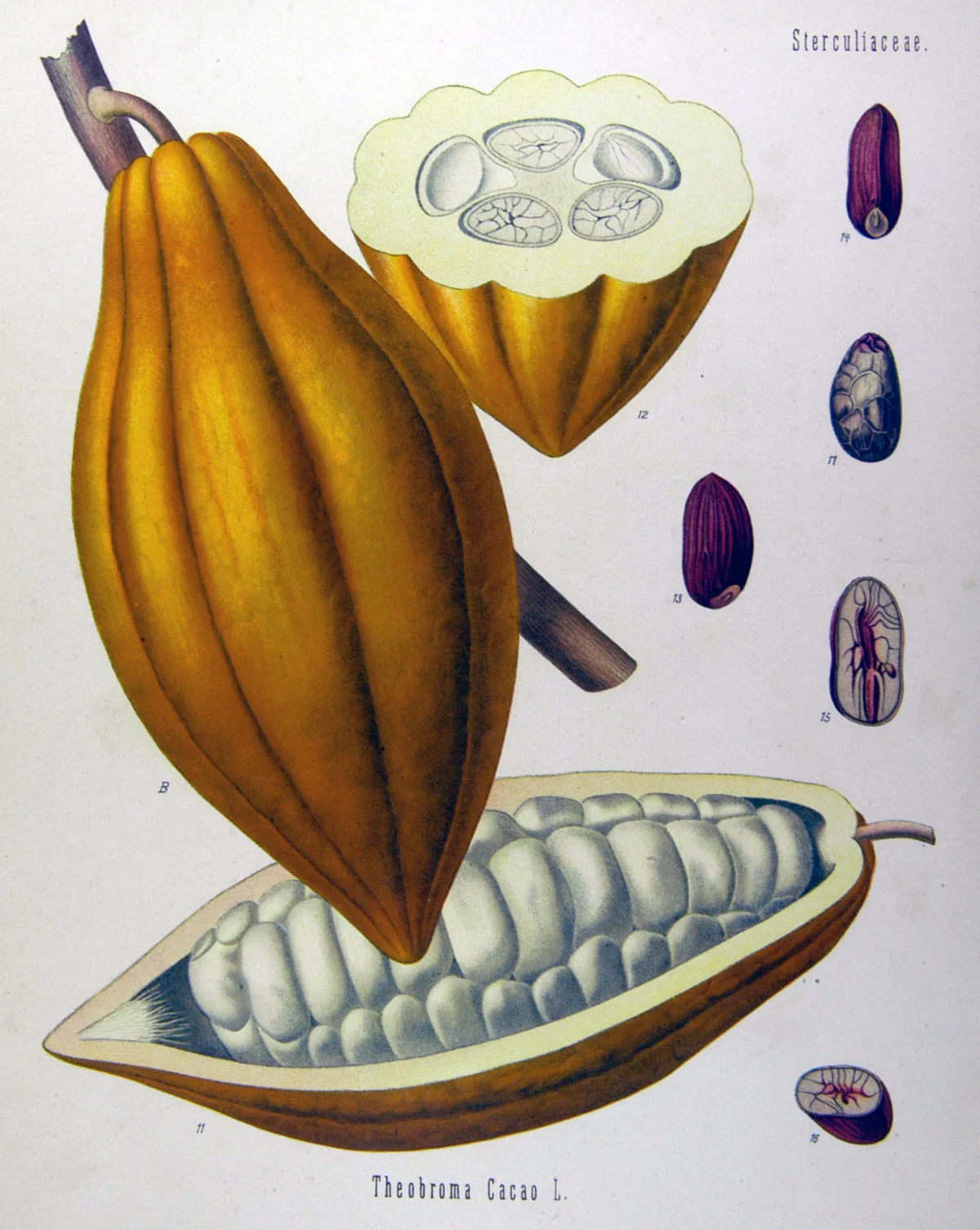
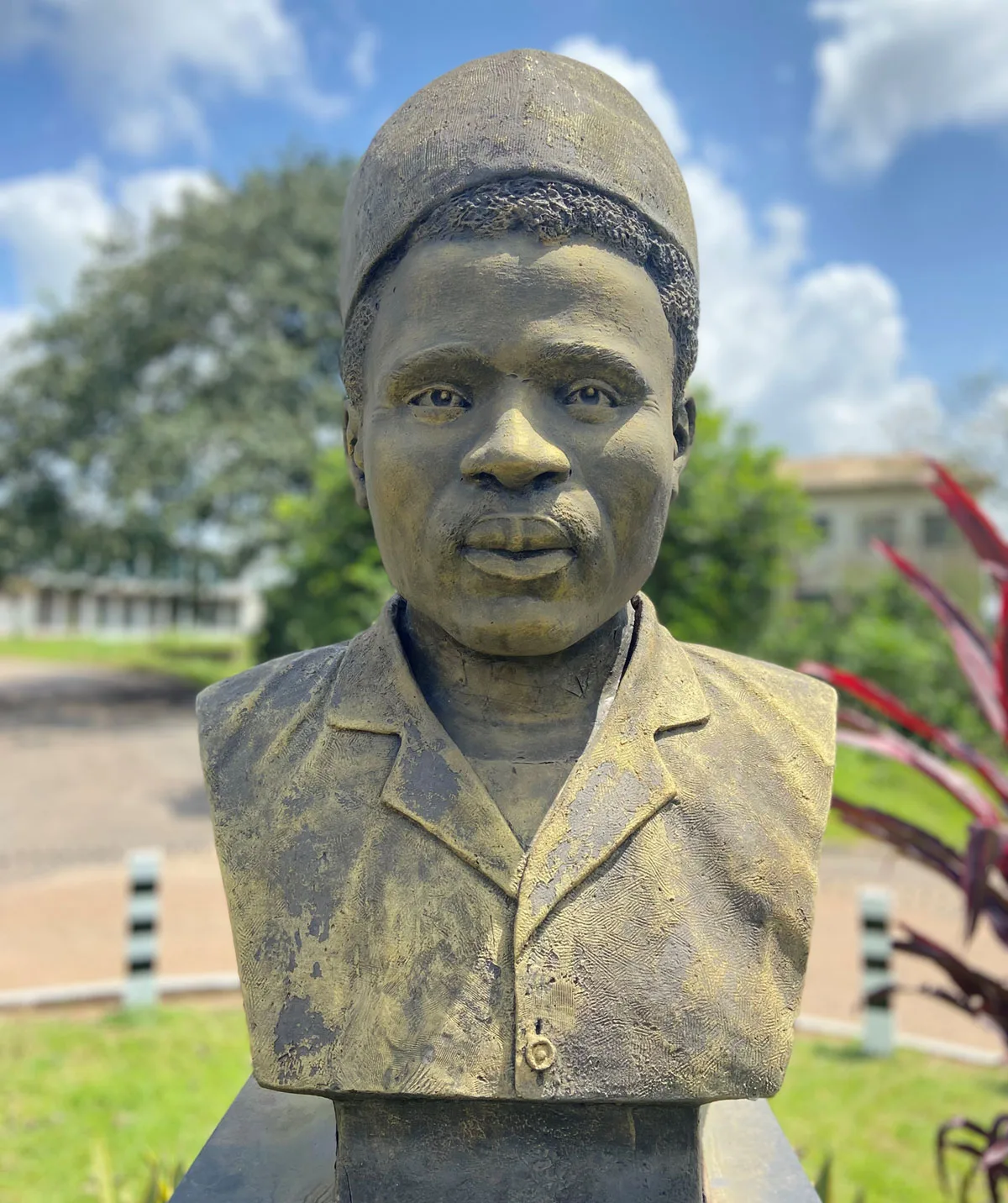
Although cocoa was becoming an increasingly important crop in the region, it was still the British who were profiting most from its cultivation. By 1911, the then British colony had already become the world’s foremost cocoa producer. Nevertheless, many merchants, chiefs and smallholders in Ghana itself also reaped the benefits and rose to affluence. But in 1906, Basel missionary Josef Mohr warned that: “Cocoa is a blessing, although our judgement all too frequently suggests otherwise, (…) when we live and stand among the people and see what disastrous consequences are visited upon our careless, easy-going populace by this windfall, then we are forced to let out a sigh.” He goes on to complain about the deforestation of the jungle, about the greed of the local advocates, about quarrels and litigiousness, and about ‘pawnship’, a form of bondage rife in cocoa farming, in which people, especially the young, were pledged as collateral and sent to work in the fields as a means of repaying the debt. Incidentally, the practice of poor parents sending their children off to work was still common in Switzerland towards the end of the 19th century, e.g. the chimney sweeps in Ticino known as ‘spazzacamini’. But although he deplored these human rights abuses, the missionary also bemoaned the lack of human resources, e.g. messengers or porters, writing: ‘it is now impossible to find men or women in Akropong to carry foodstuffs from Accra to Akuapim for the missionaries” ‒ and all because of the temptation of the ‘brown gold’.
